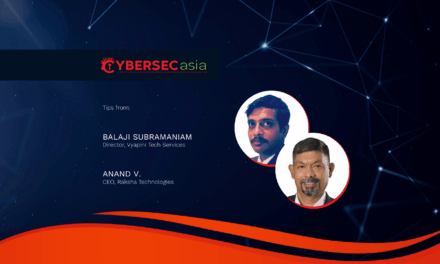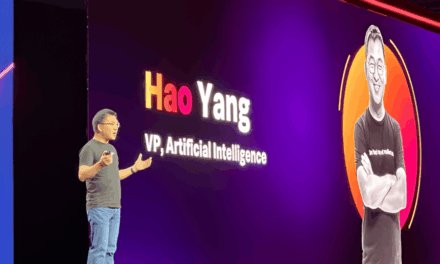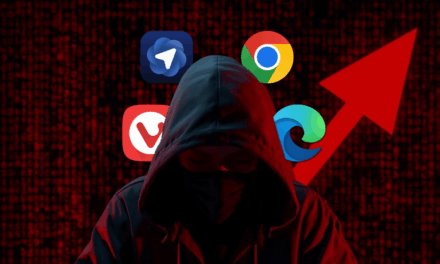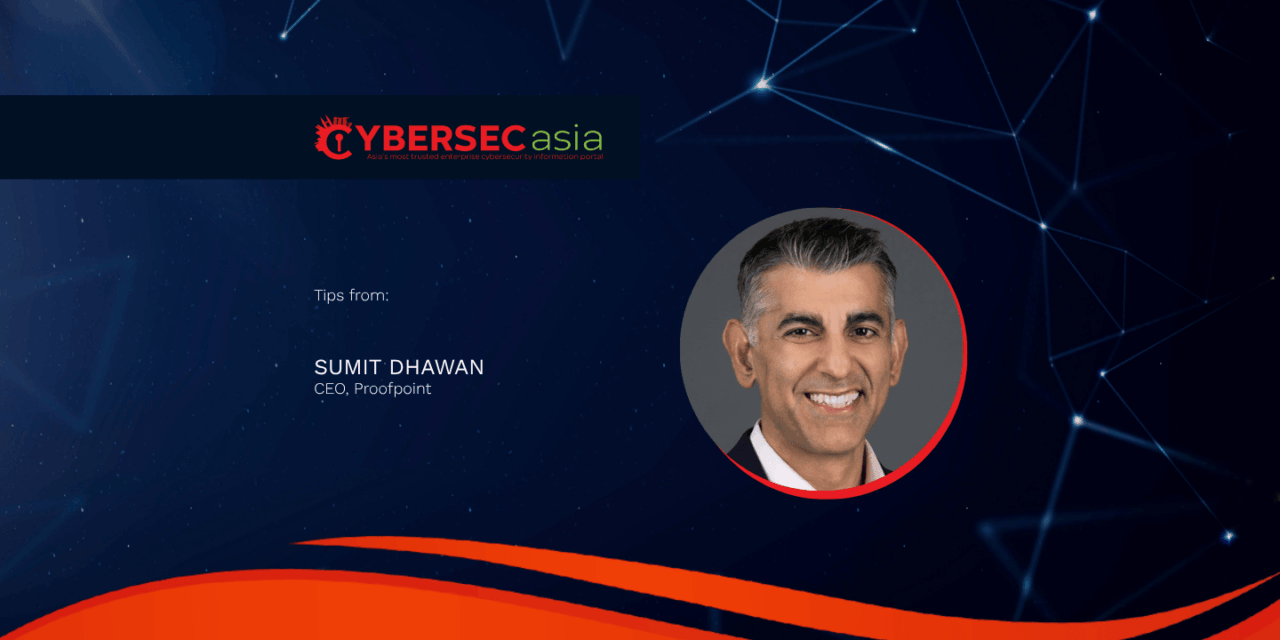Just as the digital era needs human-centric security, the agentic workspace needs to be protected through collaboration and data security.
“AI is transforming the digital workspace and giving rise to the agentic workspace, where collaboration is no longer just between people, but also between people and AI agents,” said Sumit Dhawan, CEO, Proofpoint, at the Proofpoint Protect 2025 event in September 2025 held in Nashville, Tennessee.
“In this environment, every collaboration, whether by a human or an AI agent or assistant, introduces new risks to data,” he added.
Tracing the evolution of the digital workspace, which was built on email, SaaS applications, cloud infrastructure, and virtual collaboration platforms, Sumit said: “It gave us speed, scale, and flexibility, but it also exposed new vulnerabilities.”
That’s why security had to evolve as attackers targeted users, accounts, and applications to get at the crown jewels — data. Human-centric security, protecting people as they are the frontline of cyber defense, has become the new security model.
Managing risks in the agentic workspace
Today, the agentic workspace extends far beyond human-to-human and human-to-data interactions. AI agents no longer just support work, but actively manage and perform work. Meanwhile, humans no longer just oversee tasks and projects — they direct agents that execute work on their behalf.
“In the agentic workspace, people and agents face similar risks: from social and prompt engineering attacks to the intentional or accidental disclosure of sensitive information,” warned Sumit. “This is because AI doesn’t just connect collaborators — it consumes, generates, and interacts with data at a speed and scale we have never faced before.”
The tools and strategies that secured the digital workspace, including collaboration and data security, remain essential. But they must now extend equally to humans and AI agents.
That’s why Proofpoint has started its journey toward agentic workspace protection, leveraging its expertise in human-centric security and expanding it to encompass AI agents and AI assistants.
“Across email, web, cloud, and collaboration tools, our platform safeguards against evolving threats, and helps organizations locate their data, understand its purpose and value, and protect how it is used,” said Sumit. “Our goal is to enable people and AI agents to collaborate securely and with confidence.”
To do this, Proofpoint announced groundbreaking technologies, solutions, and partnerships that address the critical requirements of the secure agentic workspace to:
- Understand complex, multi-channel interactions
Business value is created through collaboration and communication that happens between our users and suppliers, customers, coworkers and other trusted entities. These interactions don’t just happen over email.
They happen over collaboration platforms like Teams and Slack. They happen over SaaS and cloud apps. And in the agentic workspace, they happen with AI copilots, assistants, and agents. These trusted interactions are what threat actors exploit and where the risk lives.
As a result, security teams need to see these complex, multi-channel interactions, graph them together and understand how they connect. Beyond that, threats need to be overlaid against this interaction graph so that teams can understand the full breadth of an attack and where to prioritize their investigations. - Uncover and protect against multi-channel threats
Enabling trusted interactions requires advanced threat detection across multiple channels and stages, not just email. This detection must be powered by world-class threat research that tracks threat actors and their latest tactics. More importantly, it also requires data and visibility across the network of organizations that are targeted.
Proofpoint has identified new threats designed to exploit AI assistants by embedding hidden malicious prompts in emails. These prompts exploit user trust of AI assistants like Microsoft Copilot or Google Gemini. When the assistant summarizes the email, the hidden prompts are executed without the user ever noticing.
The consequences can be severe: malicious information may be delivered to users, AI-based defenses can be misled, dangerous commands executed, scam emails sent to entire contact lists, and sensitive data exfiltrated. These prompt injections can evade traditional security measures. - Another common channel of attack is credential theft and account takeover via malicious login pages. With the emergence of AI website builders, attackers can generate full websites for credential phishing and even multifactor authentication (MFA) phishing kits at scale. These AI tools drastically lower the barrier to entry for digital crime, enabling even low-skilled actors to spin up convincing phishing pages without coding knowledge.
- Authenticate human, application, and agent communications
Attackers exploit human trust — whether in people, applications, or agents. Impersonation risk is everywhere: attackers can pose as your suppliers to target you, or impersonate you to deceive your partners, customers, and vendors. In the agentic world, establishing trusted communications requires authenticating every interaction — human, application, and agent. - Build human resilience
People are attackers’ primary target. But they can also be your strongest line of defense when they’re equipped with the right knowledge and tools. In today’s ever-changing threat landscape, it’s critical that employees are educated on emerging threats and the evolving tactics that are used against them.
Tailoring training and phishing simulations to employees’ roles and attack exposure keeps them engaged. What’s more, their resilience is strengthened through more effective learning. - Leverage AI agents as a force multiplier for security teams
While the agentic workspace introduces more risk, it also creates opportunities to use AI agents to accelerate security operations and response. - Expanded agentic workspace protection with partners
In today’s threat landscape, attackers target not only people and agents, but the technologies behind them. Addressing these threats requires coordinated defense across tools, teams, and ecosystems. To this end, Proofpoint has expanded its partnerships with industry leaders such as Microsoft and CrowdStrike.
“The digital workspace defined the past few decades of business,” concluded Sumit. “The agentic workspace will define the next few.”
He emphasized that, just as the digital era needs human-centric security, the agentic workspace needs to be protected with collaboration and data security to create a safe, productive, and collaborative workspace for people and AI agents.

















